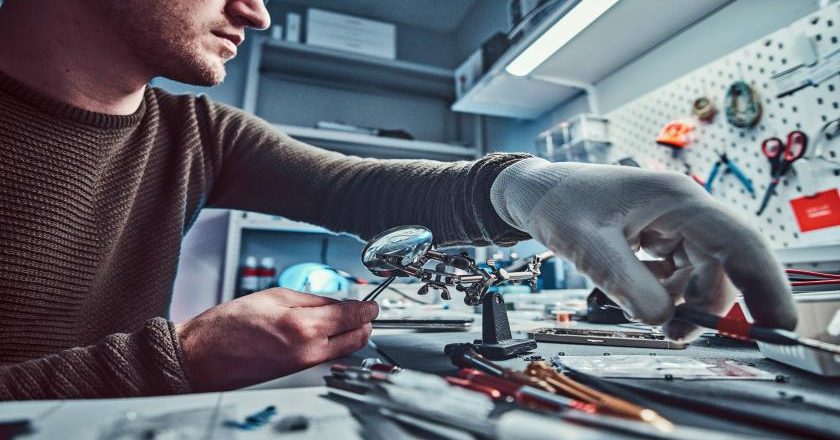3D printing has drilled its way into almost every industry. From automotive to fashion, it’s undoubtedly improved the way companies develop products. However, long before 3D printing revolutionized prototyping, CNC machining dominated the manufacturing world. To build a successful product, it’s important to teach yourself in these two foundational manufacturing technologies, building knowledge around the way to best utilize each process for various stages in your development cycle.
In this article of Dainsta, we will learn about:
- When to use 3D Printing
- When to use CNC Machining
- When do you have to switch from 3D Printing to CNC?
- Design Maturity Checklist
When to Use 3D Printing

3D printing is endlessly transforming hardware development by giving individuals and teams identical access to prompt and affordable prototypes. With the introduction of 3D printing into the event cycle, teams can iterate on designs daily at a fraction of a second.
Moreover, limitations on part production are much lower with 3D printing correlated to CNC machining, so teams can focus especially on moving from digital to physical immediately within the early-stages where much of the preparation continues to be unfolding.
Best Use
- Early-stage prototyping
- Pre-manufacturability prototyping
- Ideal volume: 1 to five units
Pros
- Fast production times
- Can quickly incorporate user/engineering feedback
- Ability to print complex shapes at a low-cost
- Makes polished-looking visual models
Cons
- Part/Assembly functionality
- Tight tolerances
- Not suitable for very high strength applications
When to Use CNC Machining

CNC machining is taken into account a more traditional thanks to producing parts utilizing subtractive manufacturing (i.e. taking a block of fabric and chipping away at it). On the opposite hand, 3D printing is an additive manufacturing method that builds parts by stacking layer-upon-layer of fabric. It takes longer to CNC machine an element, but final output quality is generally superior.
While for one-off prototypes CNC machining is very expensive, there’s a possible for huge cost savings once you start to manoeuvre into larger quantities. Additionally, because CNC machining uses a firm block of fabric, the parts are more potent than 3D printed parts, which are predisposed to breaking along each of the build layers.
As designs start to become finalized and parts are more mature in their design for manufacturing, CNC becomes an awfully attractive option. Here’s a summary of best use cases for CNC machining moreover as pros and cons to consider:
Best Use
- Mid-stage prototyping
- Production models
- Ideal volume: 3 to fifteen units
Pros
- Functional parts/assemblies
- Strength + temperature tolerances
- Tight tolerances (up to 0.005”/0.0127mm)
- Variety of materials
Cons
- Requires manufacturability checks before production
- Setup + CAM time costs
When to switch from 3D Printing to CNC?

There is no single rule on when to create the transition from 3D printing to CNC. At times, the processes are exhausted parallel because of specific needs.
For example, many aerospace companies require high-strength prototypes, so while they will do a fast 3D print to test size and form, the following step is to supply the identical part using CNC machining for testing. They test, record the results, iterate on the planning, and repeat the cycle.
For most cases, however, you’ll examine your design maturity as a proof for after you should consider moving aloof from 3D printing and start machining your parts for functionality and strength closer to production materials.
Here’s a fast design maturity checklist—if you answer yes to any of the subsequent, it should be time to contemplate making the transition.
Design Maturity Checklist

- Is your design far enough along that you just are comfortable producing several quantities?
- Have you stopped making significant design changes?
- Have you begun incorporating design for manufacturing?
- Do you need a better level of consistency amongst parts?
- Do your parts have tapped holes?
- Are 3D printed parts not robust enough for your operative needs?
- Do you have to test your part within the final production material?
- Do you have certification requirements (eg. flammability, FDA, food-safe, etc…)?
We at Dainsta believe that both 3D printing and CNC machining are valuable tools in development. While 3D printing is quickly evolving because the go-to tool to quickly take designs from a digital to physical prototype, CNC machining can’t be beaten for functional and low-volume production models. If you are interested to read more on similar manufacturing topics, you can check out our other fascinating blogs here.
